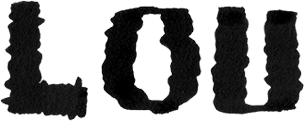Meeting with Clive McCarthy 11/11.
Following my experiment to create a 3D model of my head, taking the human to an object, the next step would become printing a 3D model of it to create a physical object existing in real space. Then through interactivity to re-introduce humanity back into it:
- Forehead – create a body temperature (possibly using a heat pad and an arduino)
- Mouth – creating the possibility for communication by adding speakers (could also explore twitter interactivity)
- Ear – listening device
- Neck – creation of a pulse to simulate a heartbeat
This can also be using different body parts:
- Head – pulse
- Hand – body temperature, inviting people to hold hands
- Ear – communication/listening
These can then be juxtaposed with objects, that we would normally recognise as an object, given human elements:
- Chair – pulse
- Table – body temperature
- Lamp – communication/listening
Both the objects and the body parts can be reduced to the same level, 3D printed with a default base of no texture/colour. This can then expose the perennial question, does the object with a human face become more human then a chair if both have a pulse? Or would both exist in an inbetween space neither human or object?
















































